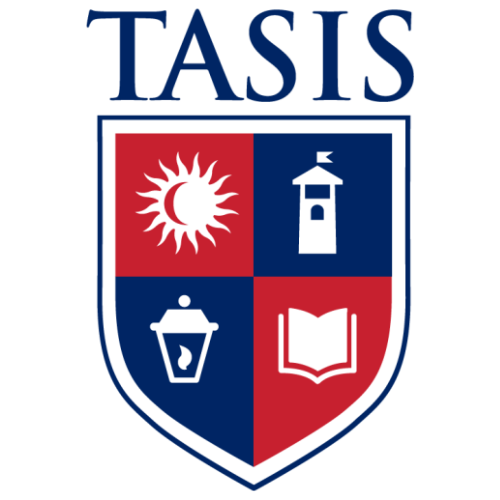by Mary Adams, AWC The Hague
It is not beyond our power to create a world in which all children have access to a good education.
– Nelson Mandela
Equal access guarantees that every student has an equal opportunity to participate in all aspects of the educational process, including learning facilities (schools, classrooms and labs), resources, and extracurricular and curricular programs. But now COVID-19 has come along and is forcing us to stretch and reshape the concept of equal access.
An almost universal response to school closures has been the creation of online learning platforms to support teachers, students and their families. However, access to information and communication technologies varies greatly across countries. Moreover, we forget that equal access to education not only means knowledge acquisition, but access to a social learning experience in the classroom.
In a recent study, the US Department of Education Office for Civil Rights noted that although the pandemic’s effects will be studied for many years to come, we know from early studies that for many students, the educational gaps that existed before the pandemic – in access, opportunities, achievement, and outcomes – are widening. And we can see already that many of these impacts are falling disproportionately on students who went into the pandemic with the greatest educational needs and fewest opportunities – many of them from historically marginalized and underserved groups. The “wider education gaps” will impact equal access from every socio-economic angle:
- less money in education budgets;
- millions of children not returning to school;
- learning loss exacerbating inequality;
- education technology unable to equalize opportunity;
- high stakes exams setting students up for failure;
- education markets being disrupted;
- remote learning requiring internet access.
The global education system has become a tottering house of cards. Mitigating the risk of collapse is more than any one national government can handle. UNESCO recently launched “Futures of Education: Learning to Become.” This global initiative is meant to reimagine how knowledge and learning can shape the future of humanity and the planet. For more than a year, UNESCO’s Futures of Education initiative has been a catalyst for global debate on how education, learning and knowledge need to be re-imagined in a world of increasing complexity, uncertainty and fragility. This elevates the concept of equal access to a critical success factor for our survival.
How can we can safely collapse the house of cards and build a sustainable education foundation?
In order to act together, we must start to think together and shape the future we want.
What do you think is the new definition of equal access?
Click here to raise your voice.
Your answers will help UNESCO and the International Commission on the Futures of Education identify priorities and help people create the futures they want.
______________________________
1 OECD (2020), “Learning remotely when schools close: How well are students and schools prepared? Insight from PISA”, Tackling Coronavirus (COVID-19): Contributing to a Global Effort, OECD.
3 https://en.unesco.org/futuresofeducation/
Image courtesy of Unsplash


